Have you ever thought you could transform a regular drill press into a powerful milling machine? It may seem like an impossible feat, but this epic transformation is actually something that can be done. With the right techniques and information, you can easily convert your drill press into a milling machine and reap all the benefits of having both in one space-saving device! In this guide, we’ll answer some of the most common questions about making this conversion so you can start taking advantage of all the capabilities a milling machine is capable of.
What is a Drill Press
It is typically bolted to a work surface or table and uses an adjustable column to support the rotating spindle. The spindle can be adjusted both up and down relative to the work surface as well as in and out (known as quill movement) enabling precise control of hole size and depth. Drill presses are widely used in industrial settings, but they are also useful for home workshop use.
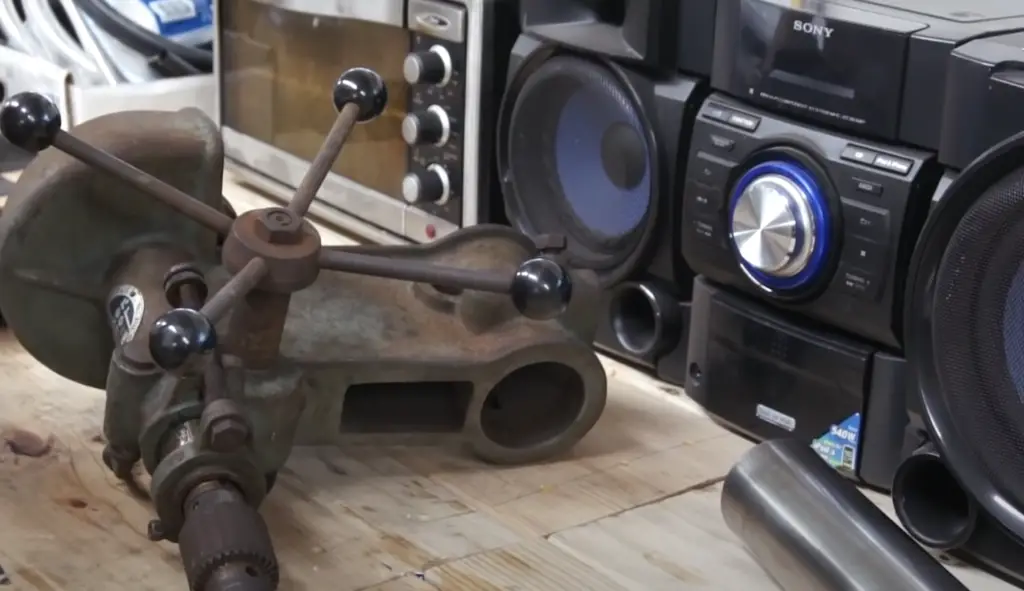
The most common types of drill presses are bench top models that sit on a workbench or table, floor-mounted units with taller columns, radial arm drills which have wider arms that allow greater maneuverability around large pieces, and multi-spindle machines that can drill multiple holes at the same time. The size of the drill press is determined by its quill capacity (the maximum distance from the tip of the spindle to the work surface) and column diameter. Generally speaking, larger drill presses are more powerful than smaller ones and can handle heavier workloads.
Drill presses offer a wide range of features including variable speed controls, depth stop adjustments for precise drilling depths, adjustable table height, optional coolant systems for lubrication during drilling, and power feed capabilities to keep a consistent pressure on the bit as it drills through material. Some models even include laser guide systems to ensure accuracy in hole alignment. Drill presses are usually powered by an electric motor and require protective guards and equipment to adhere to safety regulations.
What Do You Use A Drill Press For?
A drill press is most commonly used for drilling holes in various materials, including metal, wood and plastic. It is also useful for tapering surfaces or edges on a variety of materials as well as countersinking screws or bolts. Drill presses are ideal for creating precise, repeatable hole sizes and depths that would be difficult to achieve with handheld drills alone. They are also good for reaming operations (enlarging existing holes) as well as deburring workpieces after drilling. Other uses include honing, polishing and sanding workpieces, and even mortising jigs can be attached to the drill press to cut mortise joints in woodworking projects.
Safety must always be considered when using a drill press since it involves rotating machinery which poses certain dangers. Wear appropriate safety gear like eye protection, gloves and hearing protection when using the machine, and make sure to adhere to safe operation procedures outlined by the manufacturer’s instructions. The drill press should also be inspected regularly for signs of wear or damage that could lead to accidents. [1]
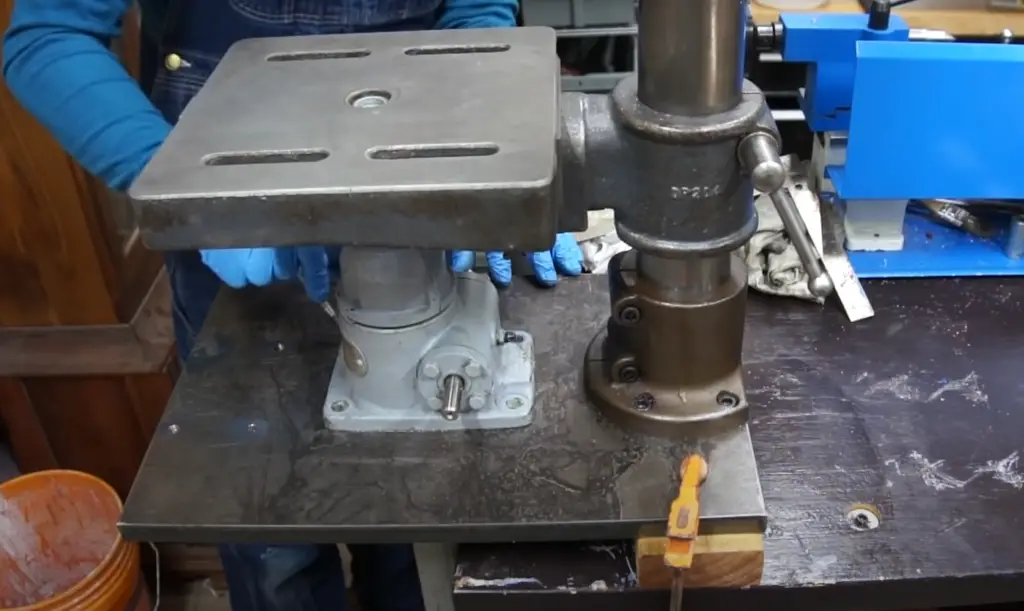
What is a Milling Machine
A milling machine is a power-driven machine used for the complex shaping of metal (or possibly other materials) parts. Its basic form is that of a rotating cutter or endmill which rotates about the spindle axis (similar to a drill), and a movable table to which the workpiece is affixed. The relative motion between these two components in either linear or rotary directions allows for the cutting of various shapes, grooves and contours into the material.
The milling process generally requires multiple cutters and can involve several axes of motion for more precise control over shape, depth and curvature. Specialized devices such as dividing heads, rotary tables and indexers are often employed to improve accuracy and maximize productivity. Milling machines can also be used to drill, bore, cut gears and produce slots.
The type of milling machine most commonly found in machining workshops is a vertical spindle machine with a swiveling head. This type of milling machine has the cutting tool mounted on a spindle that is able to move up and down as well as from side-to-side. This allows for more versatility when it comes to shaping and finishing off materials, especially those with complex shapes or contours.
Milling machines are used in many different industries including aerospace engineering, automotive production, electronics manufacturing and metalworking shops. They provide an efficient solution for mass-producing parts with intricate shapes and precise tolerances. They also make it possible to create parts with greater detail and accuracy than ever before.
Milling machines are important tools for any machinist, whether working with metal or wood, as they are able to shape a variety of components quickly and accurately. With the right setup, these machines can produce intricate designs in a fraction of the time it would take to do manually—making them indispensable in the modern workshop.
The applications of milling machines are vast; they are used everywhere from small hobby shops all the way up to large factories producing thousands of parts each day. [1]
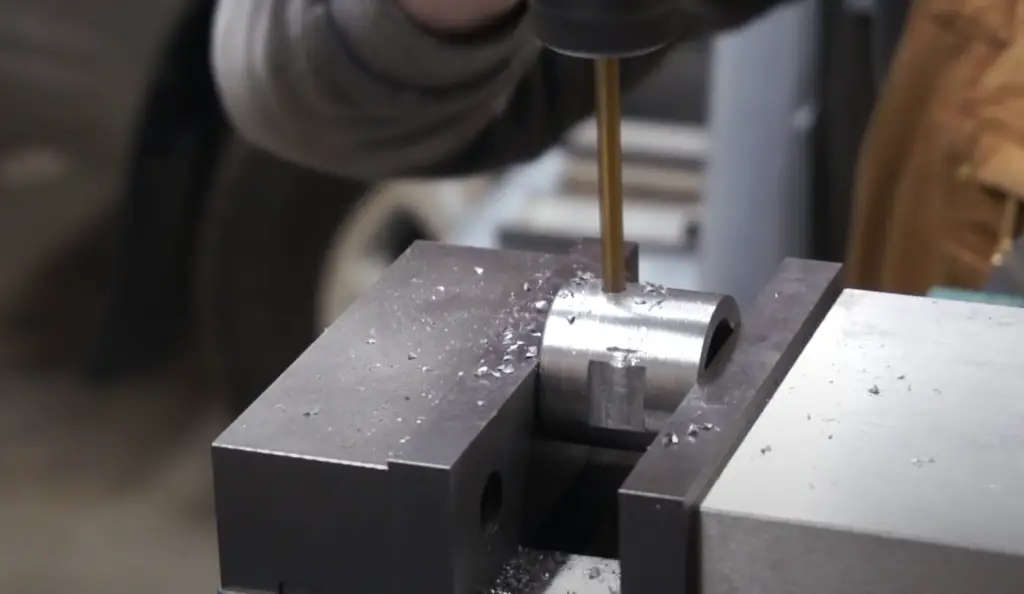
Converting A Drill Press Into A Milling Machine
Sometimes it’s necessary to convert a drill press into a milling machine in order to achieve more precise results. And many people wonder if it’s even possible to do so. The answer is yes, it can be done!
In order to convert a drill press into a milling machine, several components must be added or replaced in order to allow for the additional movement of the cutting tool. In this section we will discuss what these components are, how they work together, and the tools needed to complete the conversion.
First of all, you need to get your hands on a collet that will hold cutters of various sizes securely in the spindle. This collet is a hollow cylinder that fits over the rotating spindle, and it provides an easy way to mount and remove different cutting tools without having to use a wrench or other tool.
You may have to turn the spindle end a little in order to make it fit properly, but the size of the hole should be close enough so that the collet will fit without too much effort.
Once you have a collet for your drill press, you need to replace the old bearings with a new pair of fitting bearings. It can be purchased from most machine shops and will help the drill press spindle run more smoothly once you start using it as a milling machine.
Attach a compound table to the drill press. This is an important addition because it will allow you to tilt and swivel the cutting tool in different directions in order to shape your workpiece more accurately.
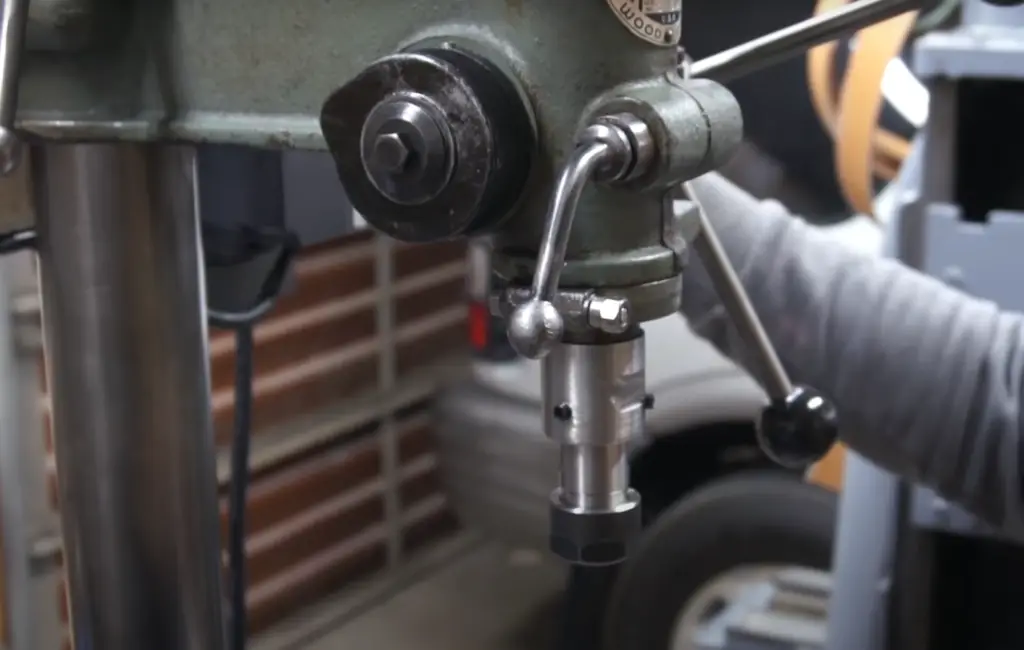
Next, you need to drill holes for the drill press column and mount it securely to the drill press bed. Six holes should be enough in most cases. The column will move up and down so that you can adjust the cutting tool to different angles. You may need to weld the column to the flange in some cases where the column can’t be secured with screws.
Check if the quill needs turning down as well. This is the part that holds the cutting tool in place, and you may need to reduce its diameter if it doesn’t fit into the collet.
Finally, mount the quill drive wheel onto the drill press. This will allow you to move the cutting tool up and down with greater precision, saving you time when making adjustments.
Once all of these components are in place, your drill press is now ready to be used as a milling machine. It may take some practice before you get the hang of it, but once you do then you can create intricate designs that would have been impossible if done manually!
It’s important to keep safety in mind when converting a drill press into a milling machine.
Following these simple tips will help ensure that your conversion goes smoothly and efficiently! [1], [2], [3]
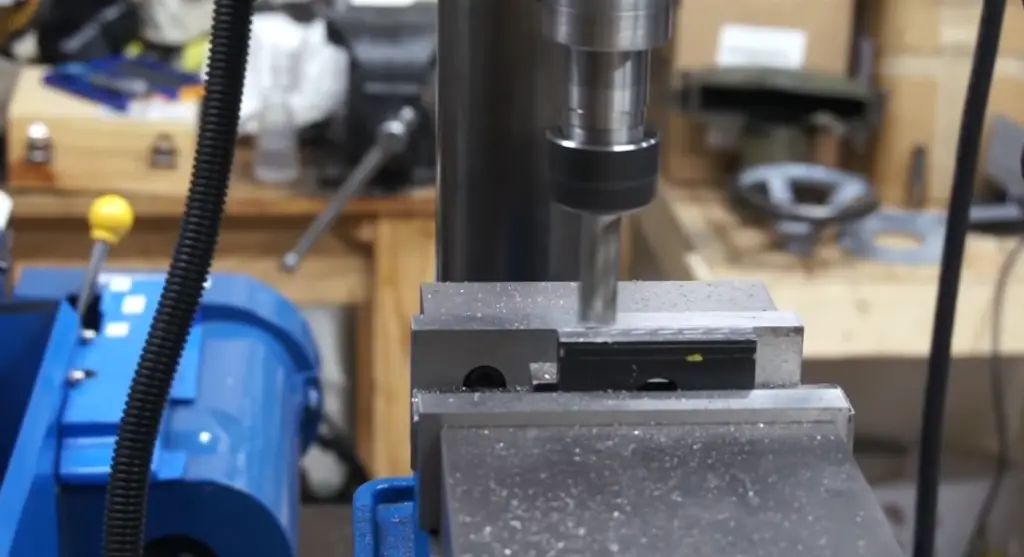
FAQ
Can you make a mill out of a drill press?
Yes, you can make a mill out of a drill press. By attaching the right tools and accessories to your drill press, it is possible to use it for milling operations. However, the quality of work that you can achieve with a drill press converted into a milling machine will not be as high as when using an actual milling machine. This is due to the fact that the spindle speed of most drill presses is significantly lower than that of dedicated milling machines.
To convert your drill press into a milling machine, you will need some essential tools and accessories such as: a vise, clamp kit, end mills, fly cutters, R8 collets and drawbars. The first step in converting your drill press into a milling machine is to attach the vise to it. This will allow you to securely hold work pieces in place while you perform various operations such as cutting, drilling and grinding.
The next step is to attach the other necessary tools and accessories. The R8 collets are used for holding end mills, fly cutters and other rotary tools firmly in place when performing operations on your drill press-turned-milling machine. The drawbars secure the R8 collet in place so that it won’t slip out of position during operation. Finally, clamp kits are used for securing the workpiece to your drill press’s table surface.
By following these steps and investing in quality tools and accessories,
Can I mill with a drill?
Yes, you can mill with a drill press! Although it does not offer the same capabilities as a dedicated milling machine, there are still many applications for which a drill press is perfectly sufficient. Before attempting to convert your drill into a milling machine, however, it is important to consider the pros and cons of this process.
The primary advantage of converting your drill press into a milling machine is that it’s significantly more cost-effective than purchasing an entirely new tool. While some professional or hobbyist-level mills may be expensive, most consumer-grade models are surprisingly affordable. By simply investing in the necessary accessories, such as an arbor assembly and milling bits, you should be able to achieve satisfactory results with your existing drill press.
On the other hand, there are some drawbacks associated with this approach. The primary shortcoming is a lack of precision. Without investing in additional drilling accessories, it can be difficult to achieve much more than basic accuracy when milling with a drill press. Additionally, attempting to convert your drill into a milling machine without the necessary skills and knowledge could result in damage to either the tool or your workpiece.
Can a mill do everything a drill press can?
No, a milling machine cannot do everything a drill press can. A drill press is mainly used for drilling holes and other basic tasks, while a milling machine is used to perform more complex operations, such as cutting grooves, angles, and slots into materials. While it is possible to convert a drill press into a milling machine by adding specialized tooling and accessories, the results may not be as precise or accurate as those from an actual mill. This is because the design of a drill press does not inherently lend itself to precision machining.
However, with the right tools and techniques, you can achieve satisfactory results with your converted milling machine. For example, if you use high-quality carbide cutters and an adjustable work table or jig, you can produce very accurate and precise results with your converted drill press. Additionally, by making sure that the tooling is securely fastened to the machine’s spindle and using a consistent feed rate for cutting speeds, you can achieve excellent results with your converted milling machine.
Is a drill press the same as a mill?
No, a drill press is not the same as a mill. A drill press is designed to create holes in materials with its rotating cutting tool, while a milling machine has the capability to cut through material with its multi-axis movement and ability to shape and form parts from solid stock. Both machines accomplish their tasks differently but can both be used in precision applications.
Useful Video: Convert a Drill Press into a Milling Machine
Conclusion
Milling machines are an essential tool in any workshop. However, what if you don’t have the space or budget for a full-sized model? Converting a drill press into a milling machine can be a great solution. This guide has provided an overview of what is involved in the conversion process, along with some tips to help ensure success.
While it may not provide the same power and capabilities as its bigger siblings, it can still provide an effective way to make your projects come together faster and more accurately. With some patience, dedication, and creative problem-solving skills, you can turn almost any drill press into a mini milling machine. With this newfound skill set, you’ll be able to tackle even more exciting projects!
Good luck with your conversion project! If you have any questions or comments, please feel free to reach out anytime. We’re always happy to help. Happy milling!
References
- https://99powertools.com/converting-drill-press-into-mill
- https://hackaday.com/2020/01/05/converting-a-drill-press-into-a-milling-machine/
- https://radare.net/2021/02/converting-a-drill-press-into-a-milling-machine





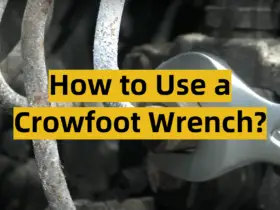
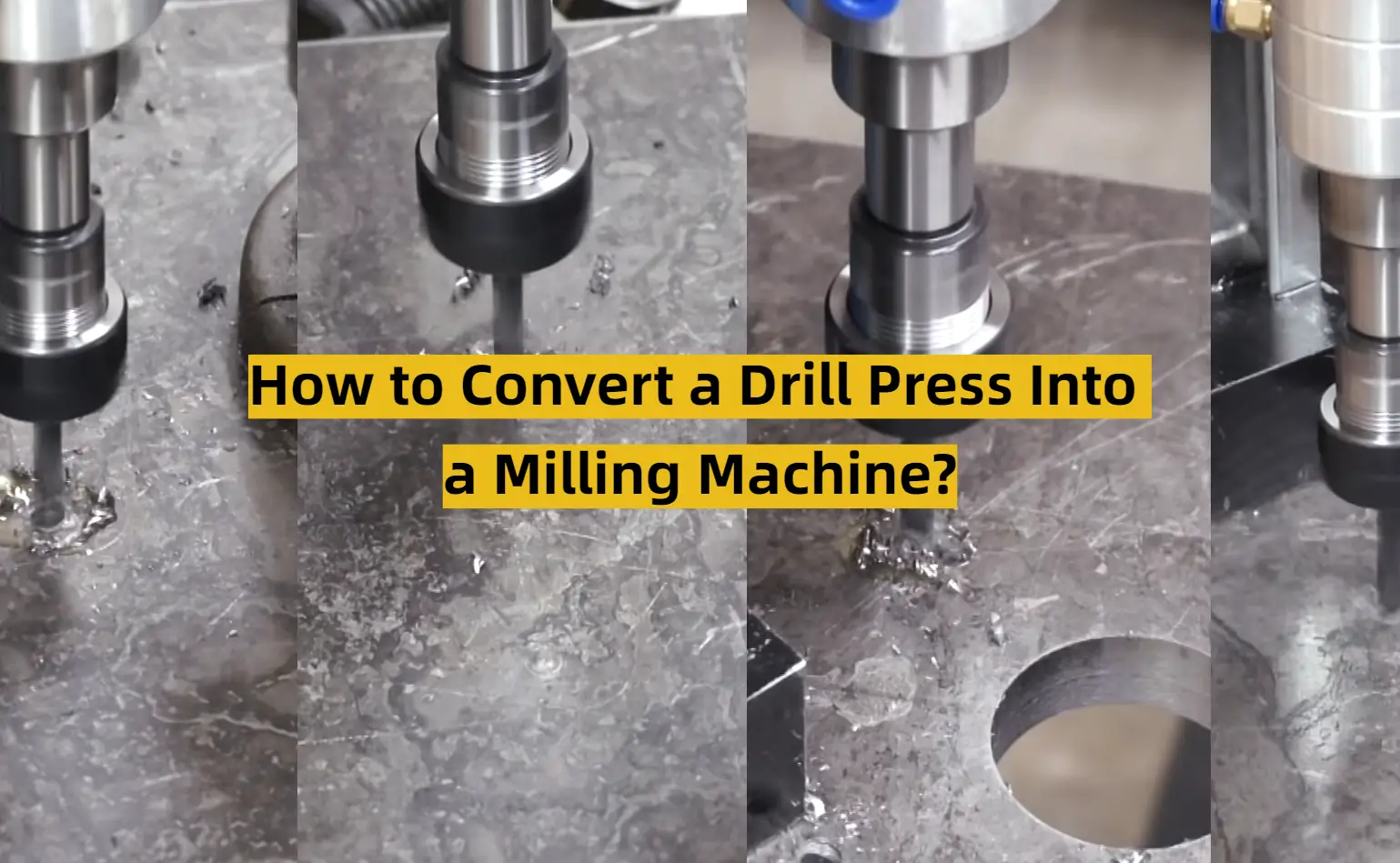




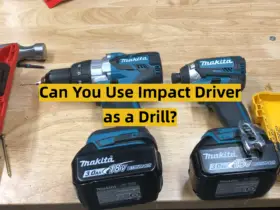

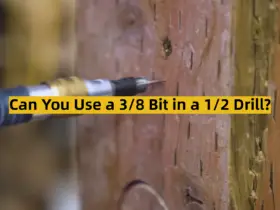
Leave a Reply